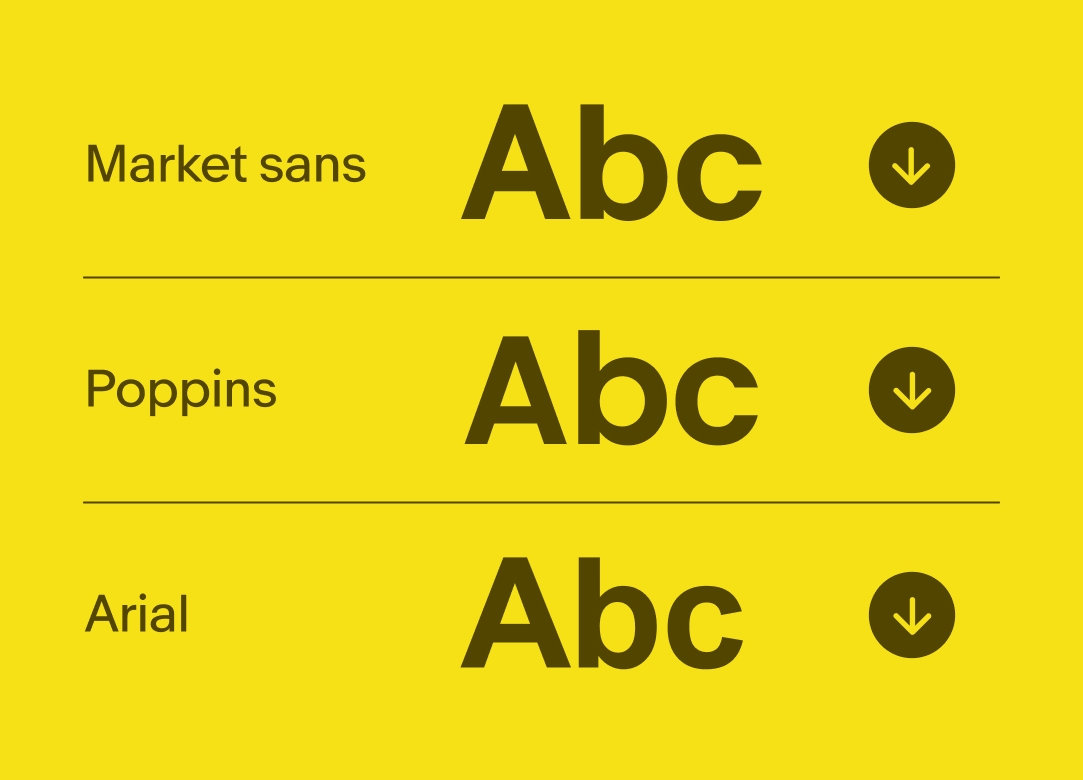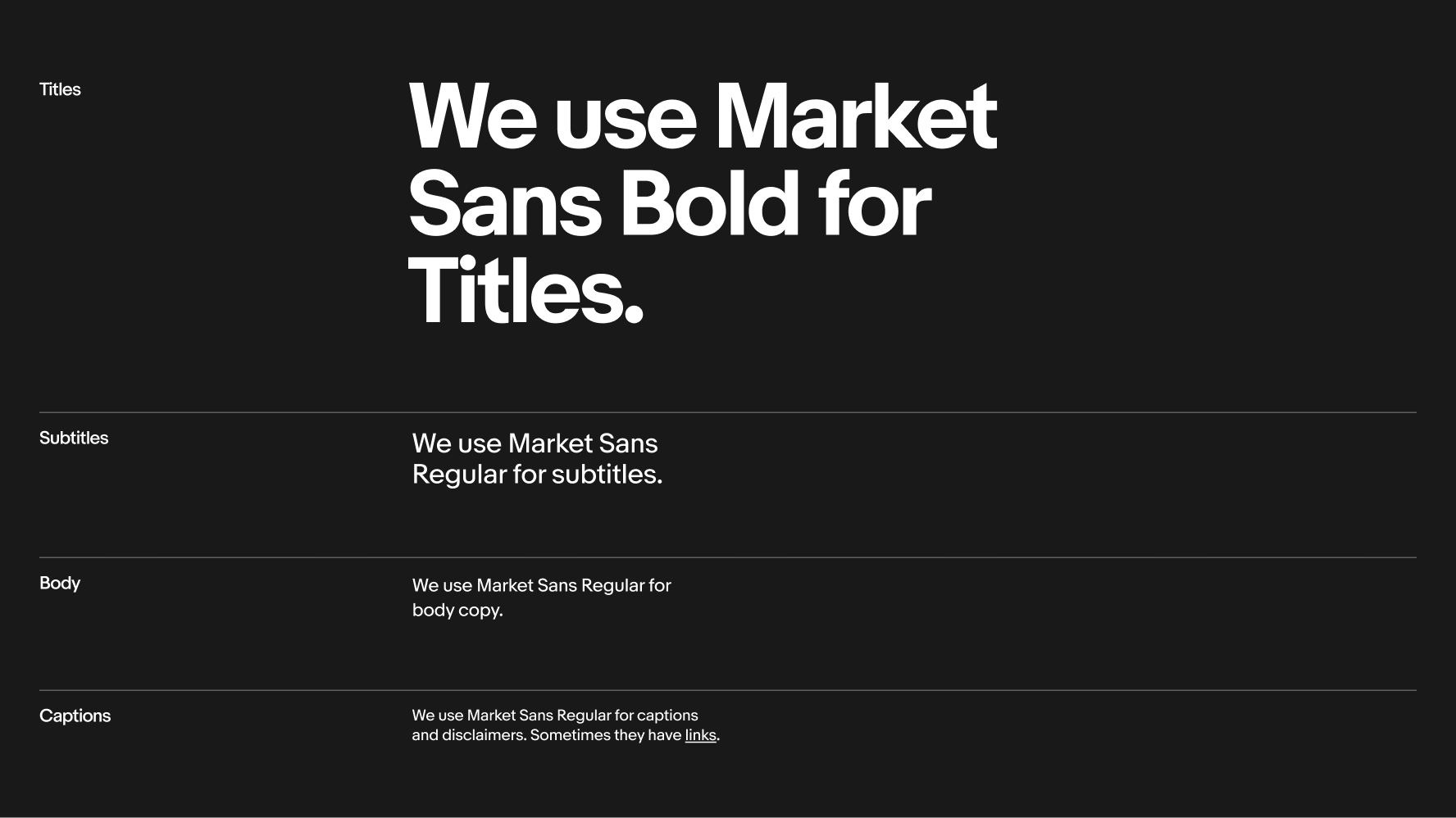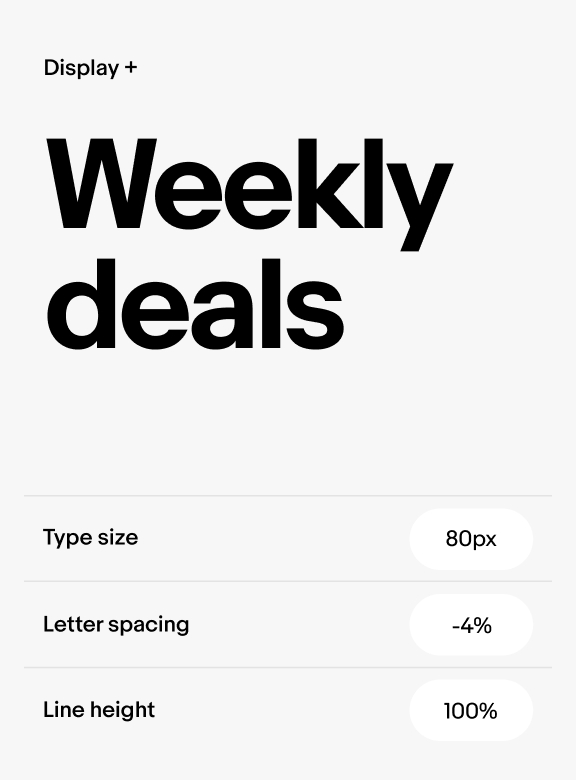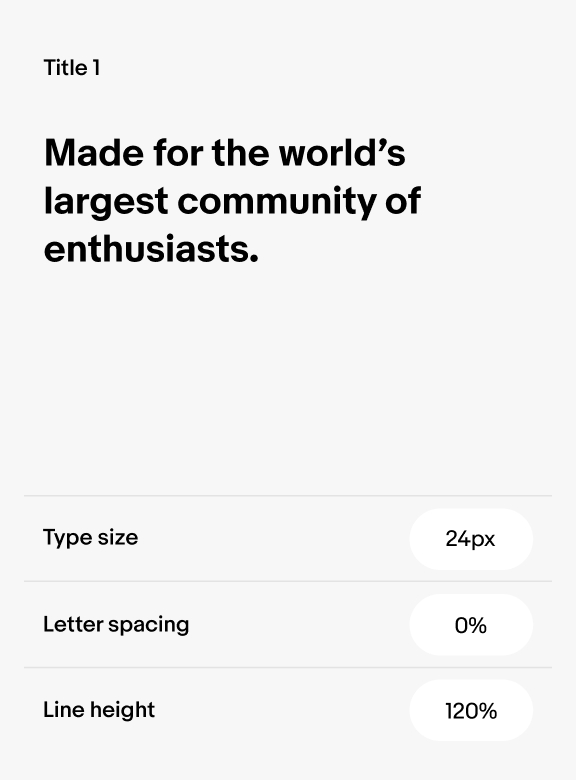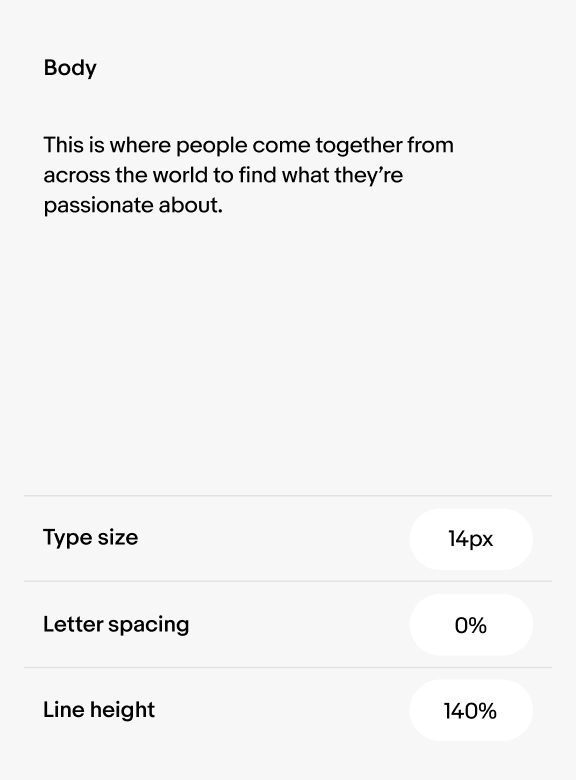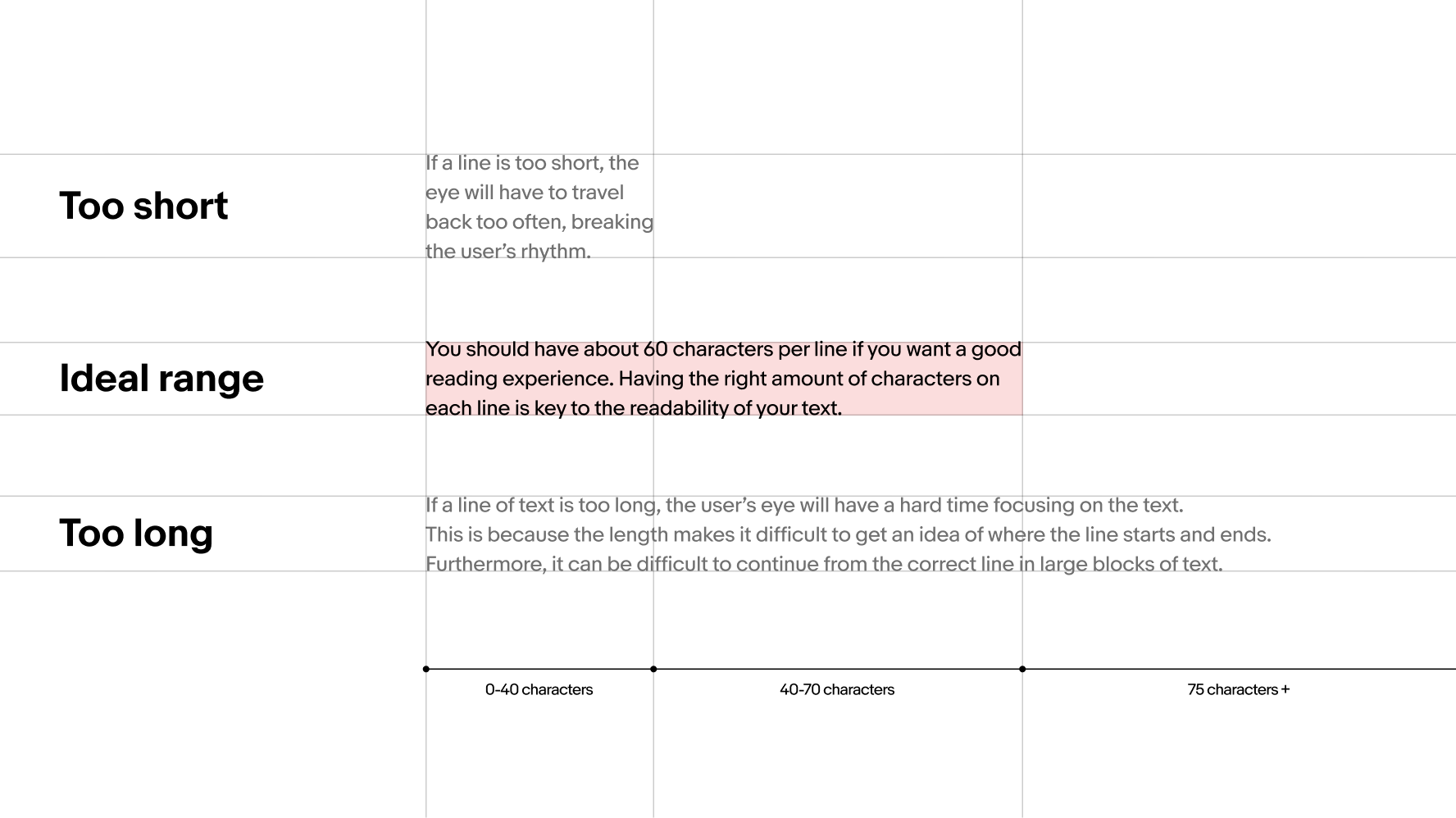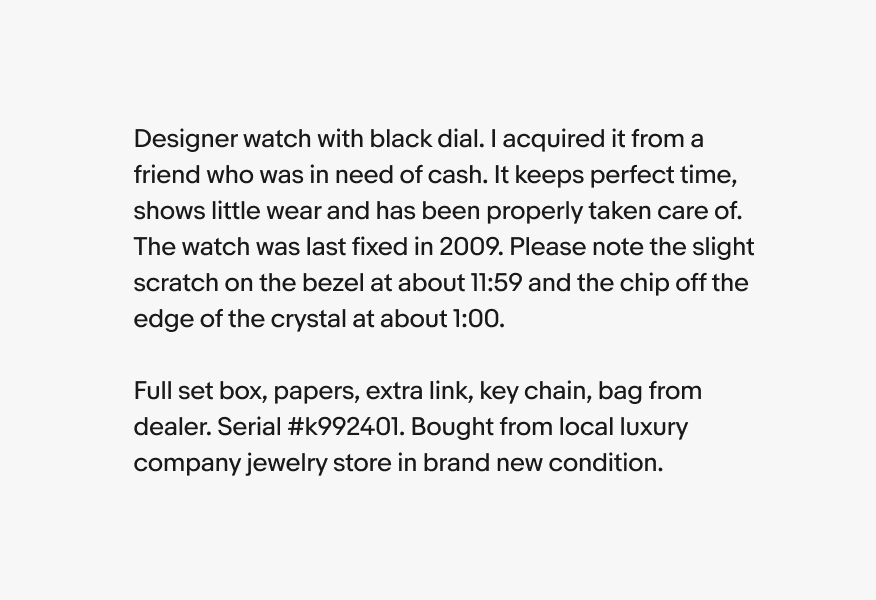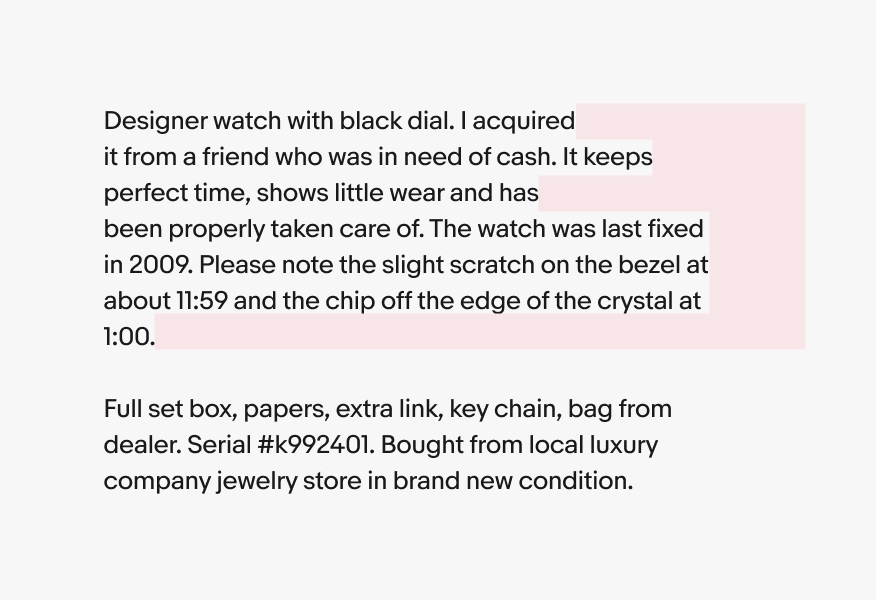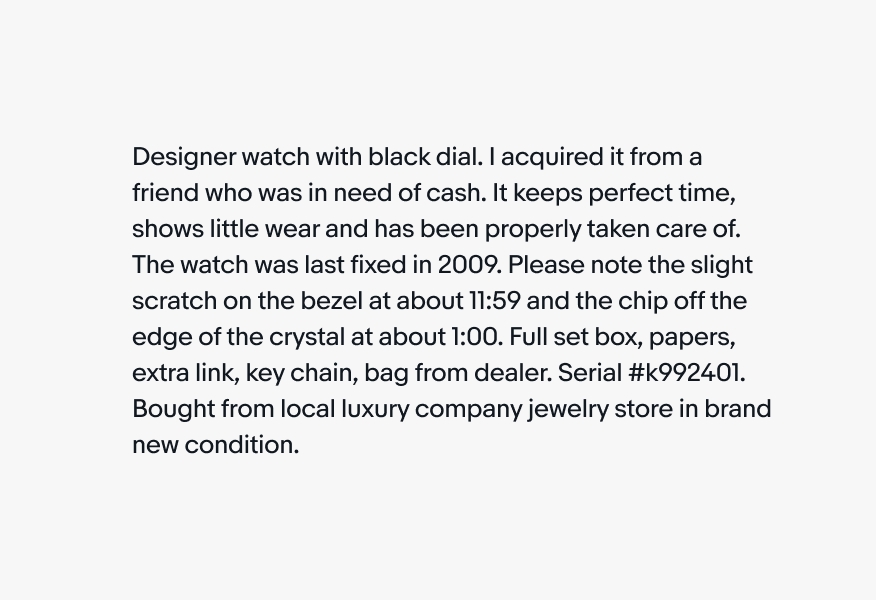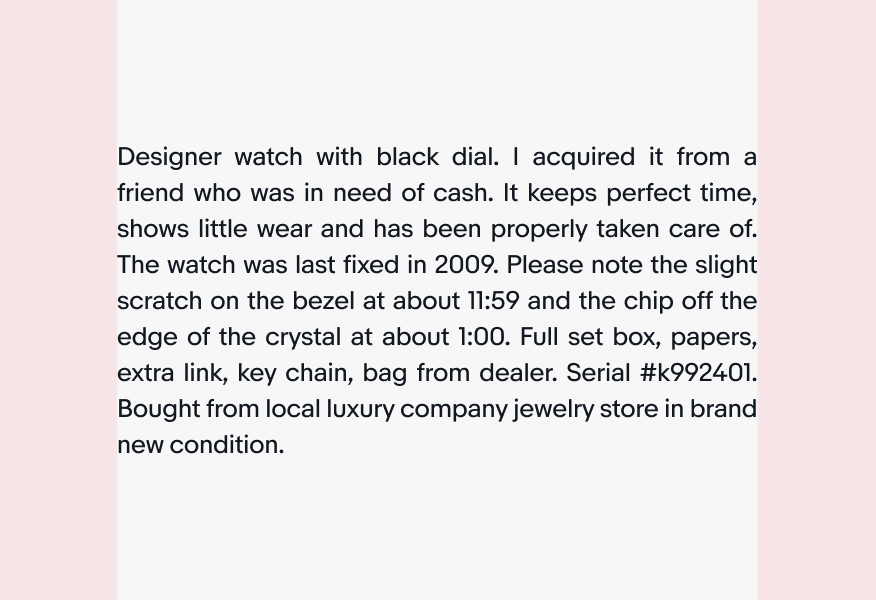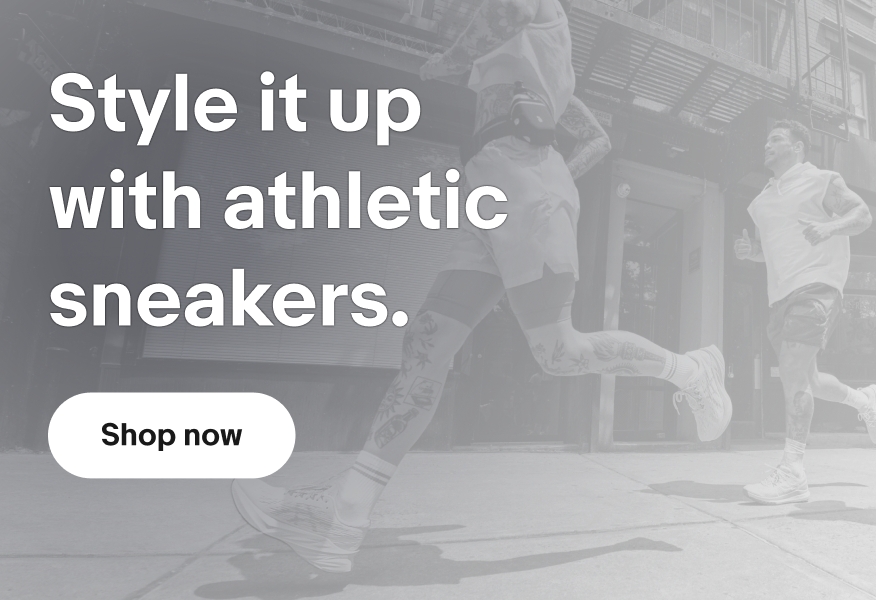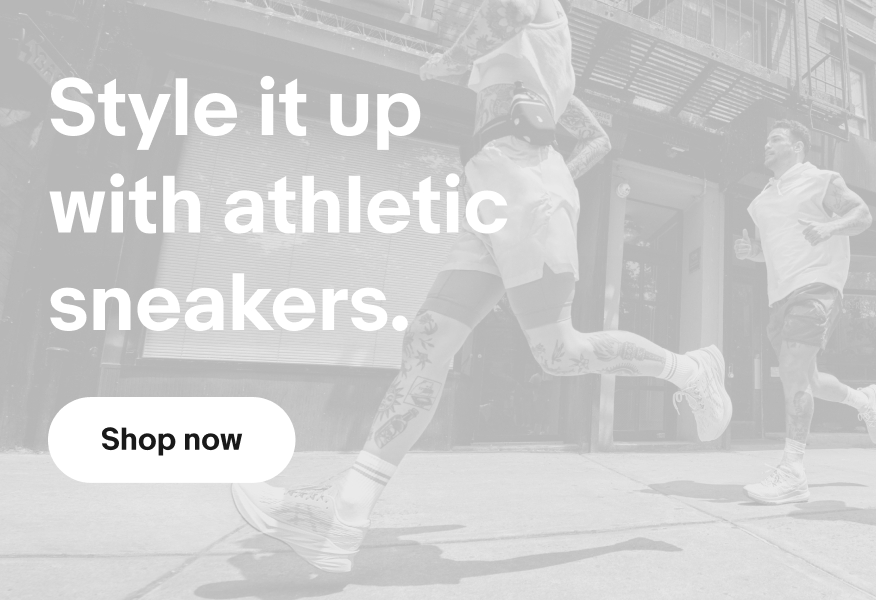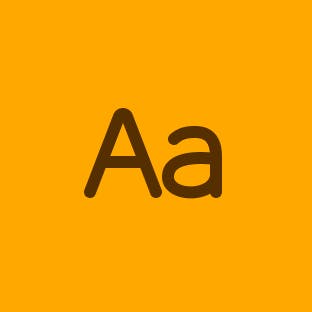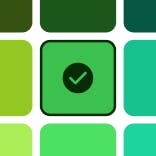Using type
How we size, format, and color our typography can greatly impact how it’s read and perceived. These guidelines outline how we use typography in our brand overall, in digital applications, and in print.
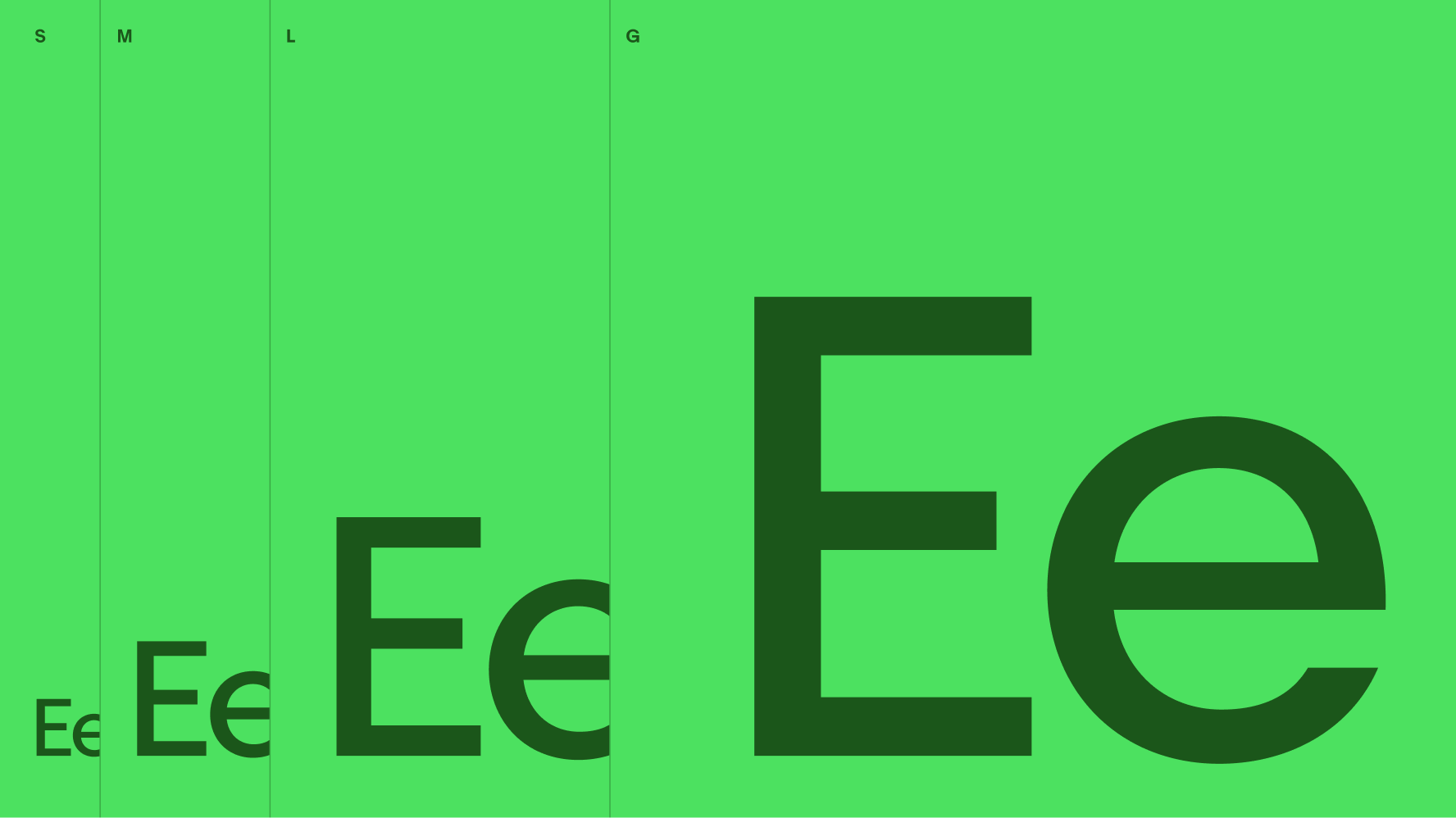
The number of characters on a line of text influences a paragraph’s readability. Keeping your line length between 40–75 characters (counting both letters and spaces) ensures important information isn’t lost and the reader remains engaged (source: Baymard Institute). And always make sure line breaks snap to the grid.
When type is placed on top of color backgrounds, it's critical to provide a high level of contrast to ensure legibility. To avoid adding visual clutter and to maintain high contrast, always apply color carefully and choose from our pre-defined color pairings. For guidance on choosing and applying accessible color combinations in our color palette, see Using Color.
Layering text onto a photographic background adds depth and vitality to our messaging. It’s important to create clear contrast, balance, and harmony between foreground and background elements to avoid a poor or confusing reading experience. For more guidance on working with photos, take a look at our Photography section.
